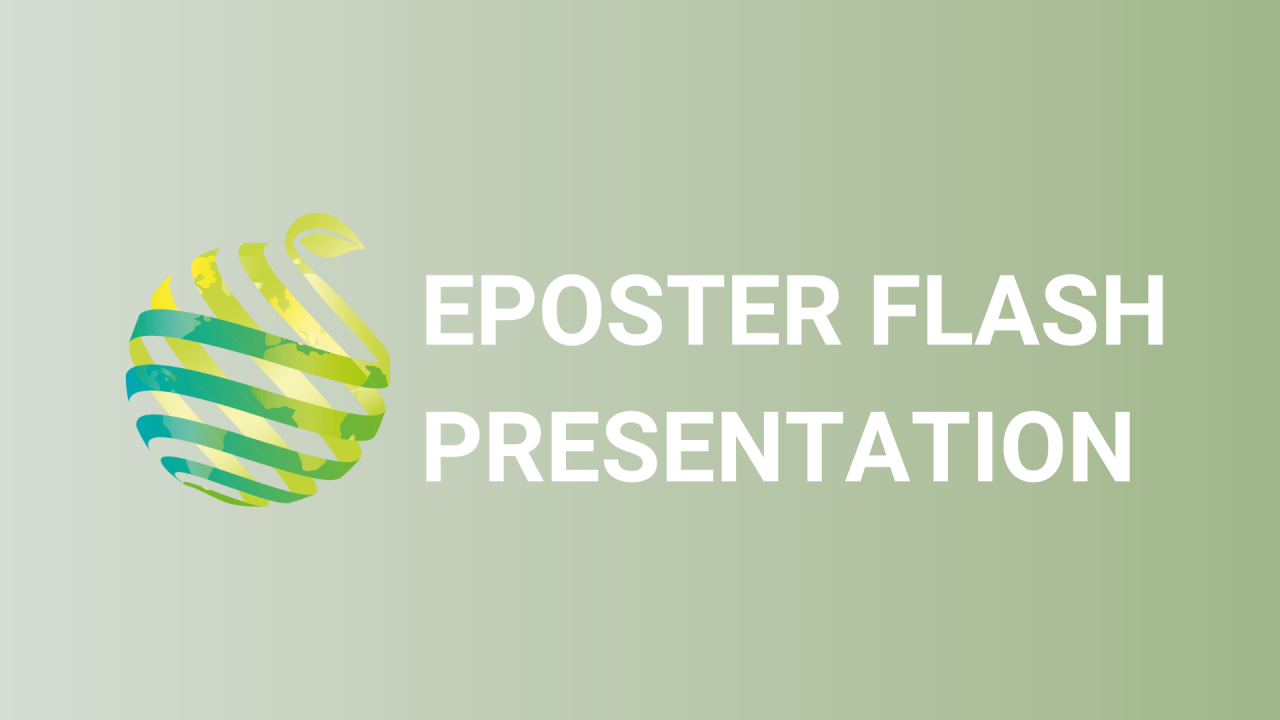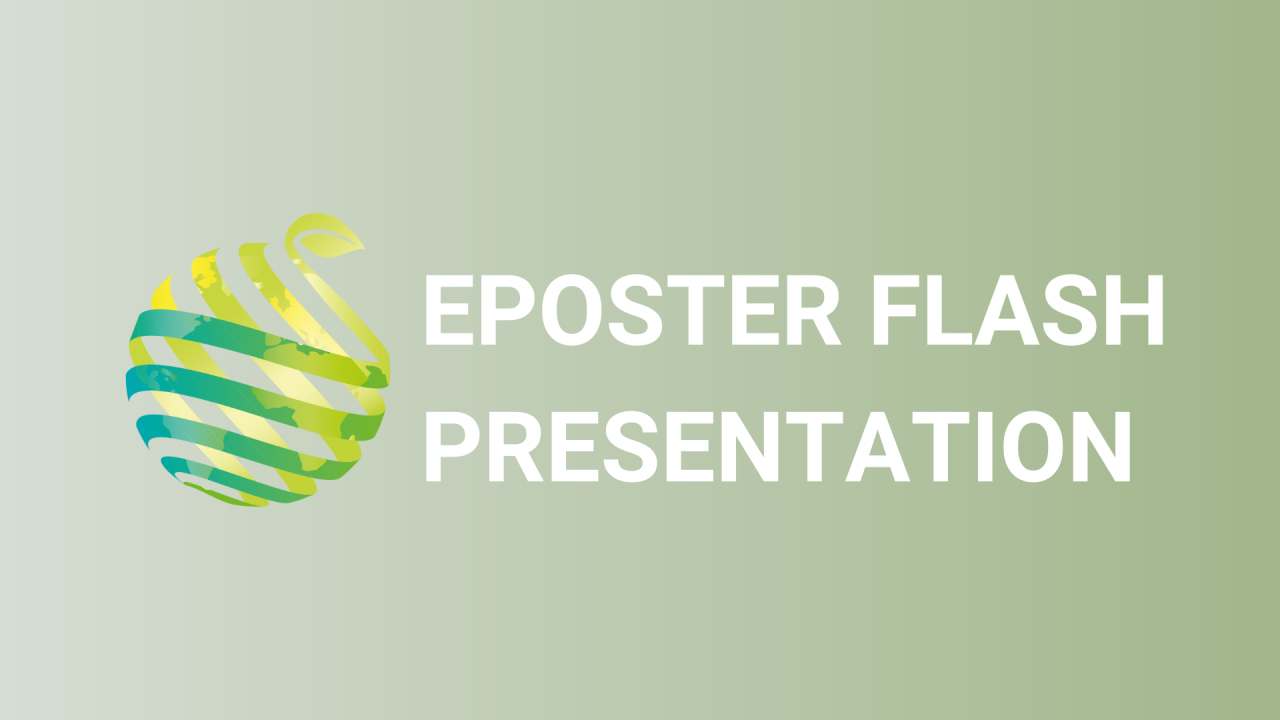

S05 - Session P2 - Novel supplementary lighting protocols for optimising controlled environment horticulture
Information
Authors: Margaret Ahmad *, Nathalie Jourdan, Blanche Aguida, Laurence Bourgeois-Racette
Background/ Objectives and Goals The effect of light on economically important traits in plants growth is well known, and there has been much research into how wavelength, intensity, duration, and quality of light can be manipulated to promote desired horticultural traits. However, lighting strategies to date have focused primarily on the photosynthetically active (daytime) period, whereas, with the exception of classic photoperiodism 'night break' experiments, almost no data is available on the effect of providing supplemental lighting during the dark (non-photosynthetic) phase of plant growth. Here we show how providing Far Red High Irradiance lighting supplements throughout the dark (night) can dramatically accelerate plant growth and development, particularly under indoor lighting conditions, thereby shortening the time and cost of propagation. Methods Plants are grown in environmentally controlled growth chambers ( 10 - 14 hour days) at either optimal or sub-threshold (limiting) photosynthetic light intensity. High Irradiance Infrared Light (720 n 750nm specialty LED sources) is applied exclusively during the night period. The effect on parameters including seedling and plant elongation growth, leaf expansion, biomass, time to flowering are measured in several plant species including Arabidopsis , geranium, and African Violet as well as several cultivars of Rosacea. Results/ Conclusion/ Contribution Infrared light is not absorbed by photosynthetic pigments and does not affect the plant sleep n wake cycles. Nonetheless, ornamental plants exposed to HIR (high irradiance) Infrared Light showed significantly accelerated stem elongation, leaf expansion, increased chlorophyll content, root growh, biomass, and accelerated time to flowering. This was especially dramatic in plants grown under limiting (low) light conditions. Infrared light supplementation could thereby cost-effectively decrease the time from breeding to market for a variety of greenhouse-grown ornamental plants. These effects will be discussed with respect to the underlying physiological and photobiological cellular mechanisms.